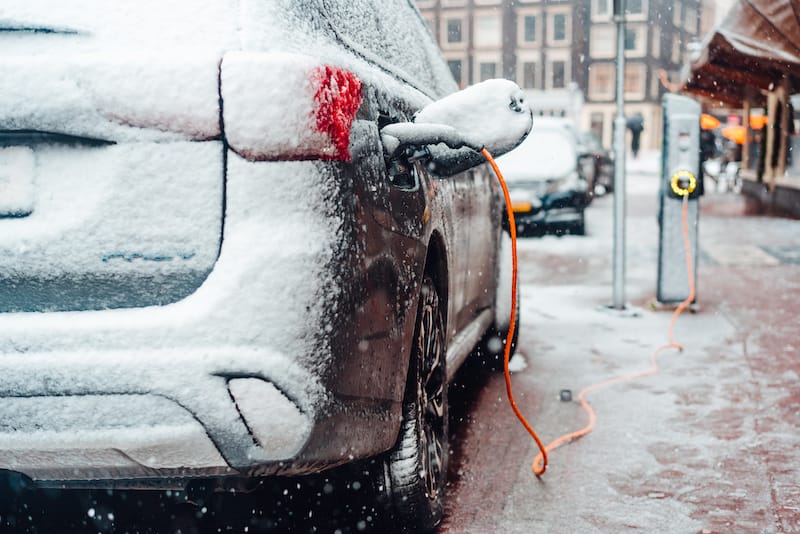
As climate change accelerates, the world is experiencing more frequent and intense rainfall, presenting challenges for transportation systems.
However, amidst the downpour, electric vehicles (EVs) emerge as a beacon of hope, offering a resilient and eco-friendly mode of transport.
In this article, we explore how EVs are navigating rainy seasons, transforming the way we travel while combating environmental degradation.
Read: The 5 Best Electric Vehicles for Winter Driving.
Weatherproof Engineering:
One of the foremost concerns with electric vehicles navigating rainy seasons is ensuring their resilience to inclement weather.
Manufacturers have risen to the challenge, implementing meticulous design and engineering practices to weatherproof EVs.
Sealed electrical components, waterproof batteries, and corrosion-resistant materials are just a few examples of the measures taken to safeguard EVs against the elements.
Enhanced Driving Dynamics:
Rain-slicked roads demand heightened traction and stability, a challenge that EVs address with advanced driving dynamics.
Cutting-edge traction control systems optimize grip, while regenerative braking adapts to slippery surfaces, enhancing both safety and efficiency.
EVs excel in maintaining traction and stability, providing drivers with confidence and control even in the midst of a deluge.
Related: How Winter Affects An EV
Range Assurance Strategies:
Range anxiety, a common concern for EV drivers, may be exacerbated during rainy seasons due to increased energy consumption for features like windshield wipers and headlights.
However, manufacturers and charging infrastructure providers are implementing innovative strategies to alleviate such concerns.
Optimized battery management systems, expanded fast-charging networks, and improved energy efficiency measures ensure that EV drivers can navigate rainy seasons with peace of mind.
Read: Tips for Charging an Electric Vehicle in Winter.
Smart Navigation Solutions:
In an era of interconnected technology, EVs are equipped with smart navigation solutions that empower drivers to navigate rainy seasons with ease.
Real-time weather forecasting integrated into navigation systems enables drivers to plan routes, optimize charging stops, and adjust driving behavior based on current and forecasted weather conditions.
These intelligent features enhance safety, efficiency, and overall driving experience, making EVs an attractive option for rainy-season travel.
Also see: Tips On How To Drive An EV During Winter
Community Resilience and Sustainability:
The transition to electric mobility not only benefits individual drivers but also fosters community resilience and sustainability.
By reducing reliance on fossil fuels, EVs mitigate air and water pollution, contributing to cleaner and healthier environments, especially during rainy seasons when pollutants can be washed into waterways.
Additionally, widespread EV adoption enhances overall transportation resilience, ensuring mobility even in adverse weather conditions.
Educational Outreach and Awareness:
As EVs revolutionize transportation, it's crucial to educate and raise awareness about their capabilities and benefits, particularly in navigating rainy seasons.
Educational initiatives, public outreach campaigns, and incentives for EV adoption play a vital role in fostering a culture of sustainable transportation practices.
By empowering individuals and communities with knowledge, we can accelerate the transition to a greener and more resilient future.
Read: Things drain an electric vehicle’s battery the most.
In conclusion, electric vehicles are not just vehicles; they are pioneers of sustainable mobility, leading the charge toward a greener and more resilient future.
As we navigate rainy seasons and confront the challenges of climate change, EVs stand as a testament to human ingenuity and innovation, offering a beacon of hope in a world of uncertainty.




